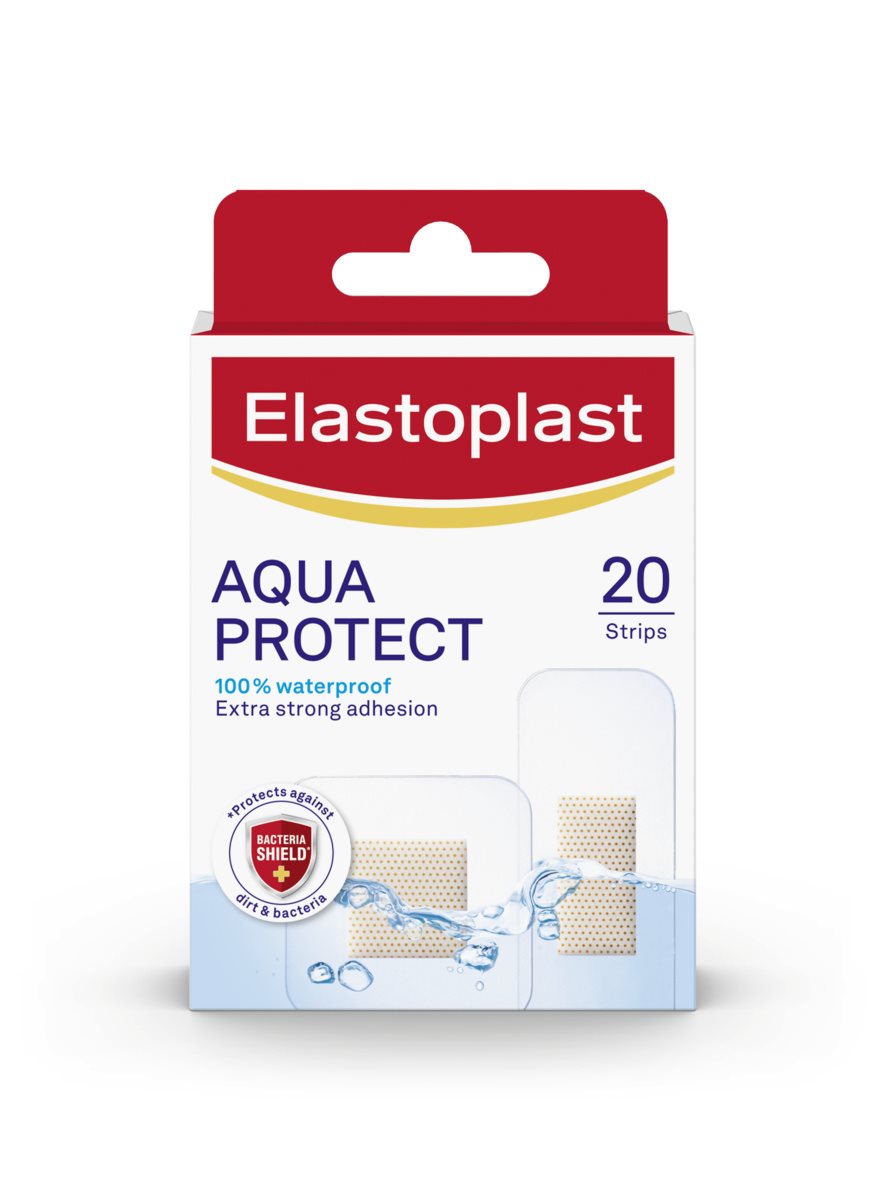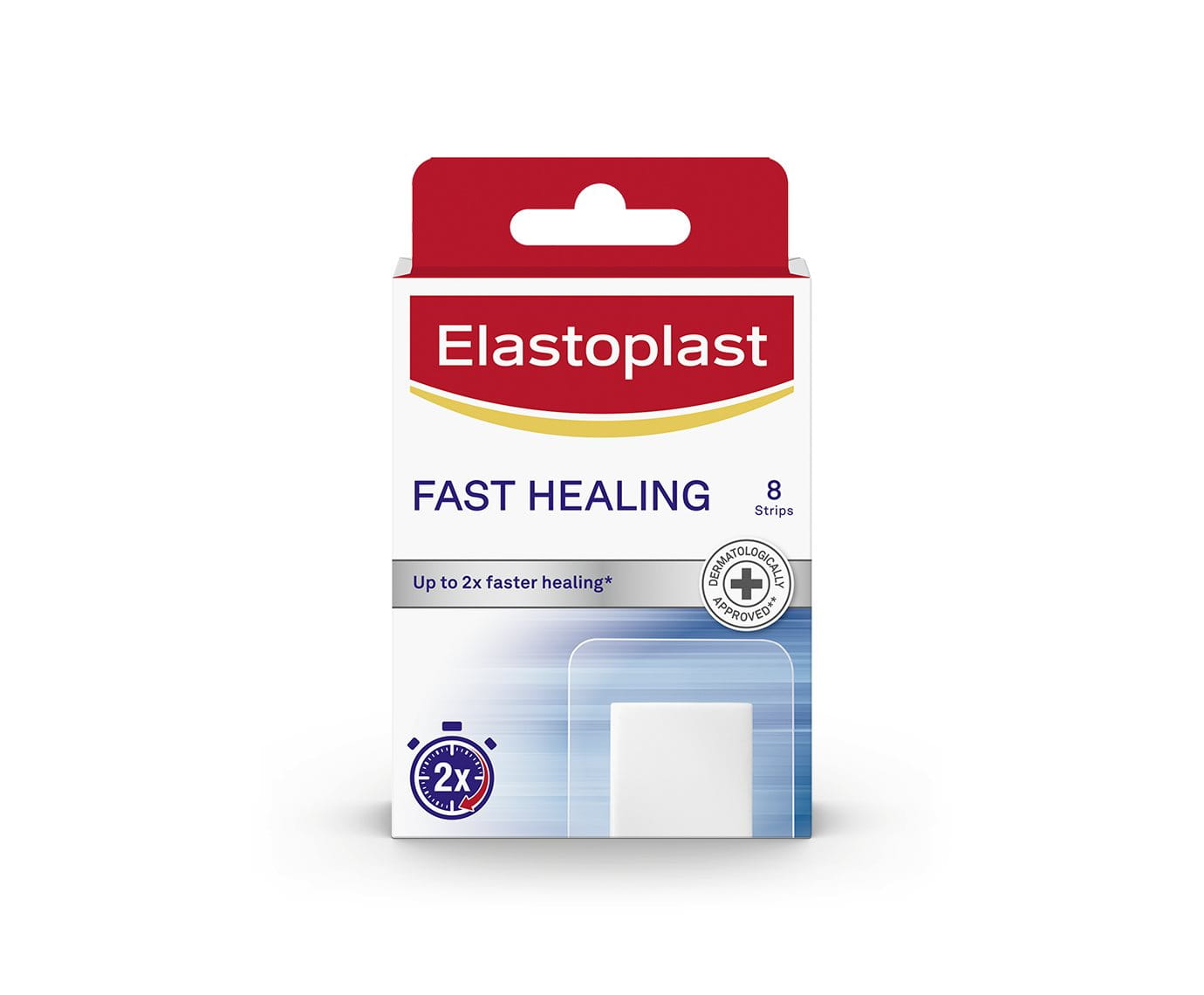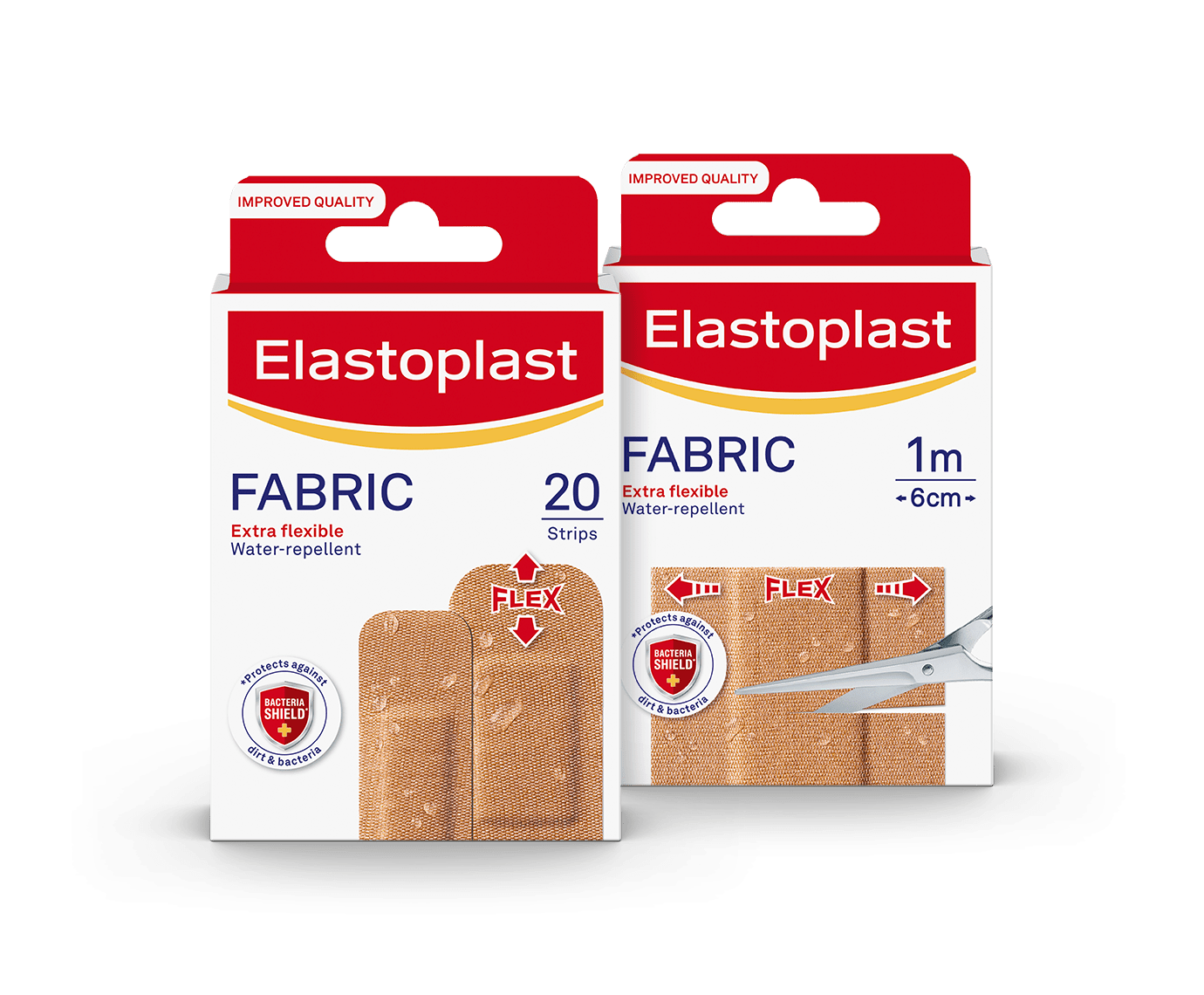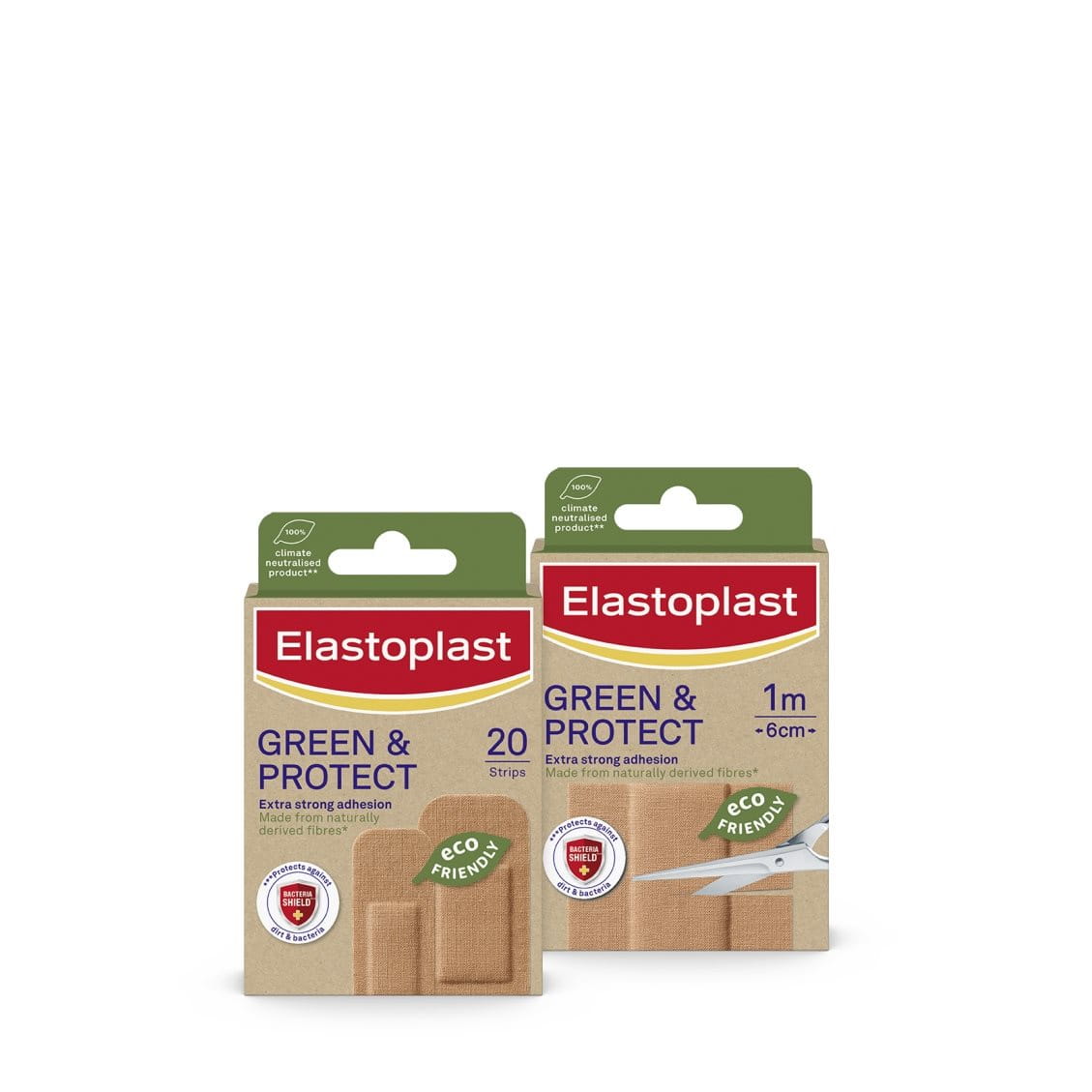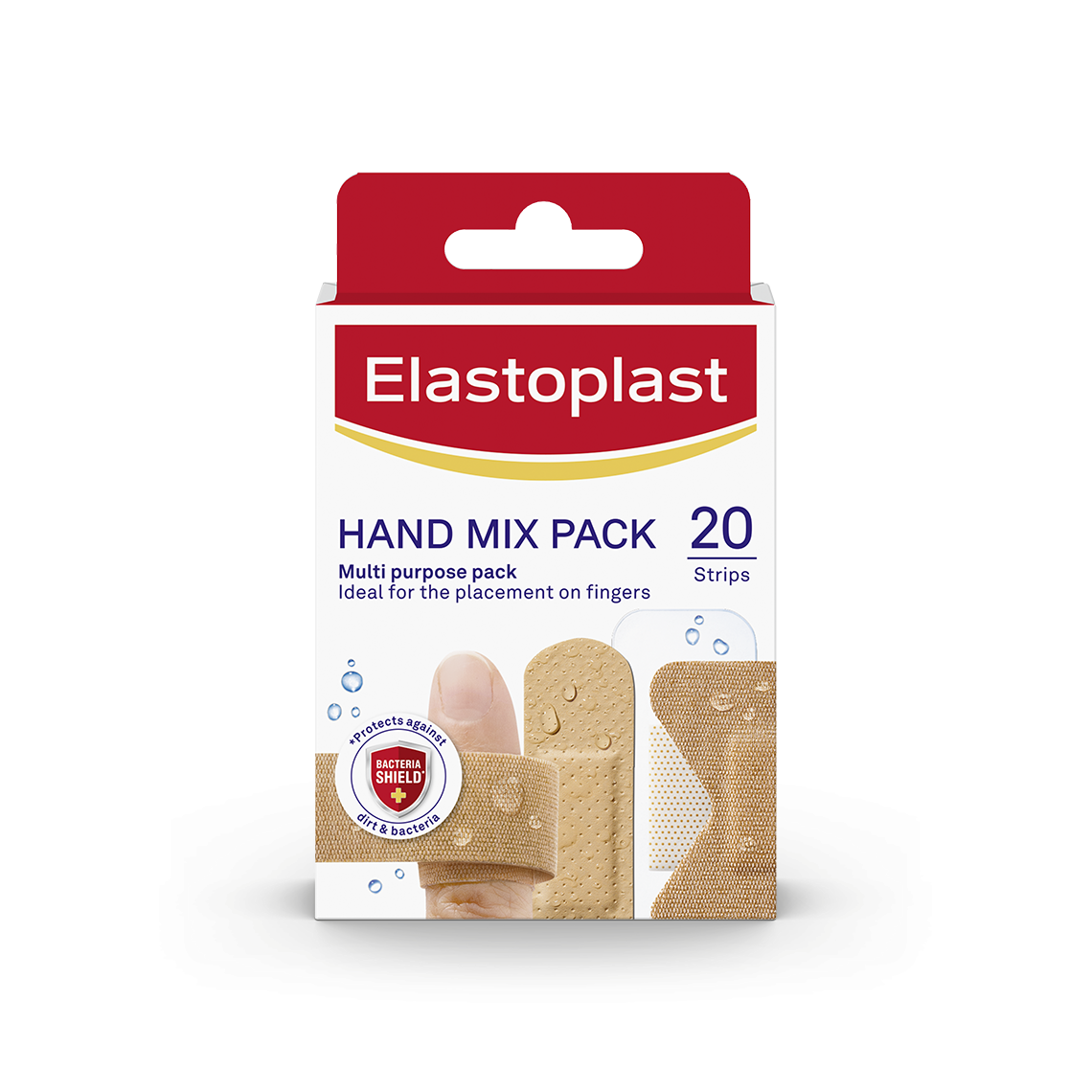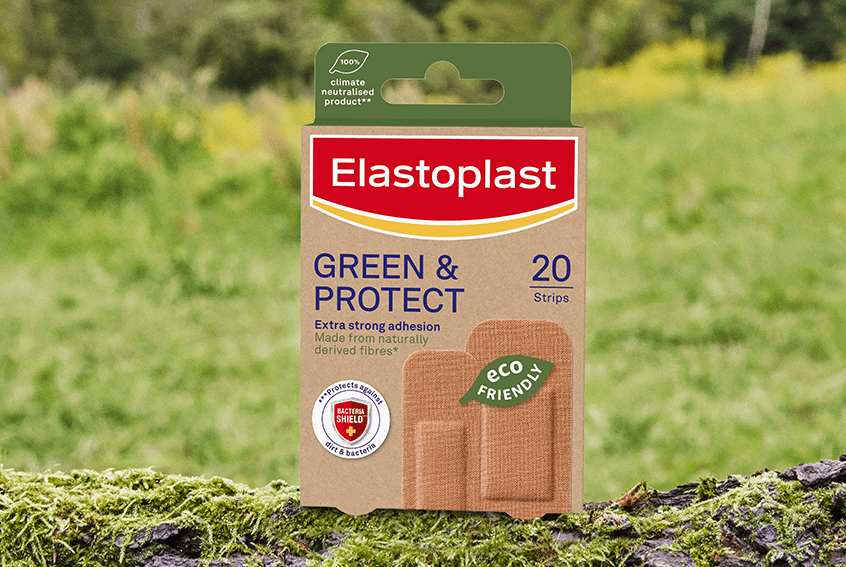When it comes to your medicine cabinet, regular maintenance is key. Know what to look out for with our tips. Be guided through the task of putting the right contents together for your medication cabinet with an easy, downloadable checklist.
Time to take care of your medicine cabinet

1. Store it in the right place
2. Check for expiration dates and age specifications
Go through your medicine cabinet at least every six months and check the expiration date of evey package. Be safe and toss out anything that has expired, as well as antibiotics that have not been used up completely. Do not throw any of these in the garbage, but return the products to your drugstore or pharmacy. They will dispose of them safely and in an environmentally-friendly way.
Also, check for age specifications and dosage recommendations on the medication intended for your children. The types of medications they can use change as they grow older, as does the dosage. Upgrade and stock up when and where neccessary.
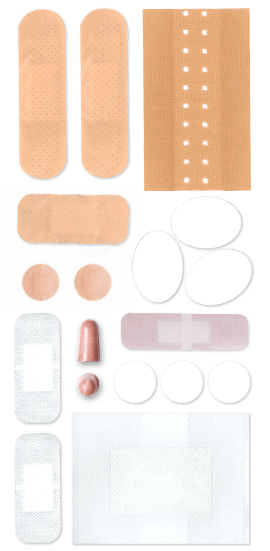
3. Check whether you have the right first aid bandages and products
Be prepared when it matters most. The majority of accidents still happen in the household or during sports, so make sure to have the right products when you have cut yourself or sprained an ankle. Check the Elastoplast range for especially convenient essentials and solutions, such as Elastoplast Universal Plaster or Elastoplast Spray Plaster which protects your wounds even in difficult places.
4. Assemble a “to-go-set”
Why should a medicine cabinet be something stationary? It makes sense to compile a selection of products that can be taken in your sports bag in case something happens during a workout, hiking or other outdoor or sports activities. For instance, Elastoplast Wound Spray, which provides instant effective protection against infections, along with a selection of plasters and bandages (i.e. Elastoplast Plaster with Healing Ointment) are a safe choice. And always keep in mind to follow Elastoplast's simple three-step wound-care routine.
5. Calling sheet
This can be a crucial time-saver: Always keep important emergency phone numbers such as those for an ambulance, for your doctor and pharmacy, or for any hotlines (e.g. poison hotline) in the medicine cabinet.
Medicine cabinet checklist
Make sure your medicine cabinet includes these items.
Check supplies regularly every six months.
Medication:
- Antidiarrheal treatment
- Cold medication (decongestants, cough medicine, throat lozenges).
- Basic headache medication or other painkillers
- Medication to reduce fever
Wound care:
- Elastoplast Wound Spray
- Elastoplast Wound Healing Ointment
- Plasters in various sizes (Elastoplast offers a wide selection, from waterproof to sensitive – keep a basic stock of various plasters in your medicine cabinet)
- Elastoplast Sterile Compress
- Elastic Fixation Bandage and Fixation Tape for securing dressings and compresses
- Elastoplast Blister Plasters
Other items:
- Sterile gloves
- A small pair of scissors – ideal for cutting medical tape, compresses or other bandages to the right size
- Tweezers, e.g. for removing splinters or particles from wounds this should belong in your medicine cabinet
- A thermometer
You can download the list for your medicine cabinet here. We recommend that you save the list on your mobile device to have it with you wherever you are.
Clever products and time savers
Sometimes it is about more than just restocking your supplies. It is about knowing about new, clever products with added benefits. Check out these smart innovations that should not be missing from your medicine cabinet.
Your medicine cabinet for travel
Whenever you are away from home, there are a few essentials you should always have with you. They can not only save the day but your entire trip.
Always see your doctor if the wound is deep, bleeding or shows signs of infection like reddening, swelling or warmth.
Also make sure to seek medical help if you are not able to clean the wound properly.
In case you have diabetes a proper wound care is of special importance. Always discuss any concerns you may have with your doctor and/or podiatrist, even for the care of minor wounds and skin cracks – especially on your feet.
Please note that none of the above given tips or recommendations substitute medical advice. Carefully read the instructions for use given in our products‘ packages. Important: consult a health professional in case of any uncertainity of treating your wound properly.
The information provided through this website should not be used to diagnose or treat a health problem or disease. It is not a substitute for professional care or advice. If you have or suspect a health problem, you should consult your doctor. Never disregard professional medical advice or delay in seeking it, because of something you have read on this website.
For further information regarding Elastoplast products, please contact us via email on phc@beiersdorf.com. Carefully read the instructions for use given in our products‘ packages.
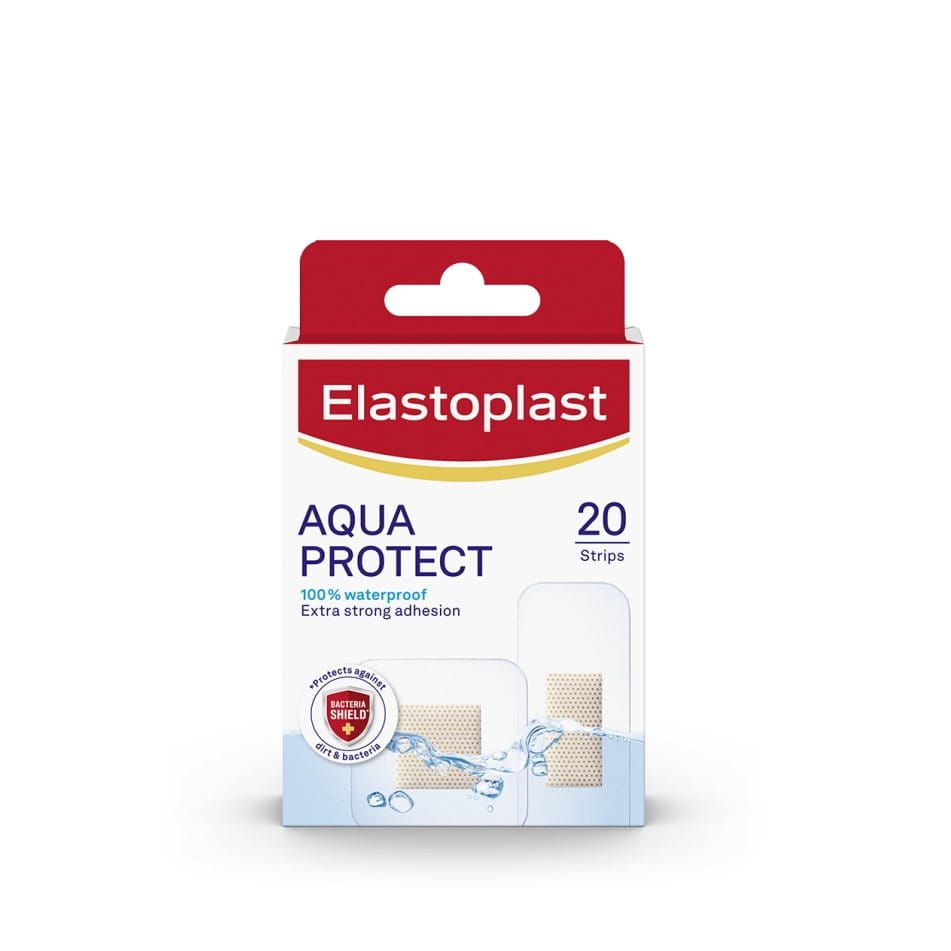

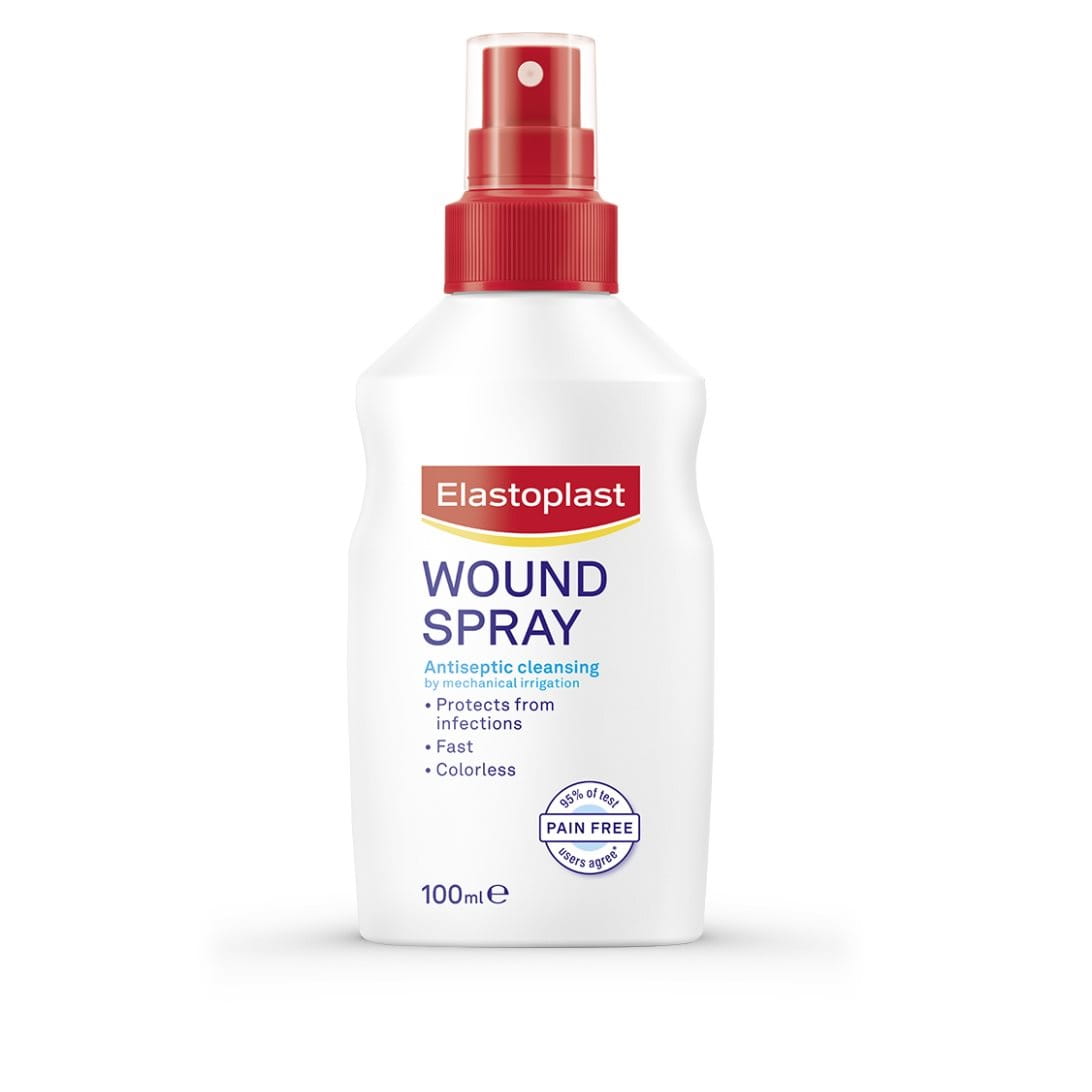
.jpg?rx=0&ry=75&rw=1500&rh=329&hash=E7A530E9A422F29C9109CA6262840734)
